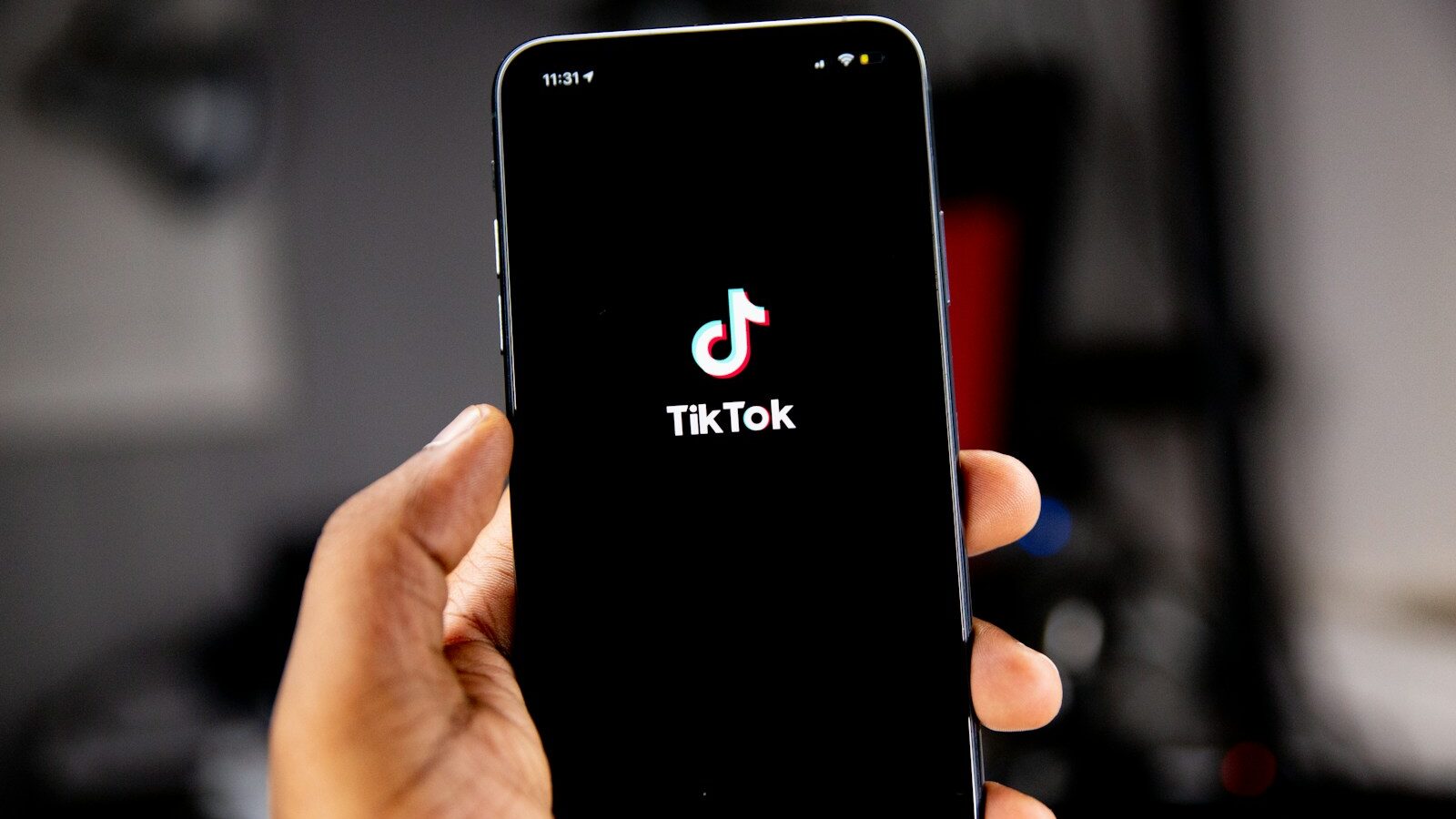Building a bespoke employee value proposition to retain and attract talent, nuture brand values and enhance overall company performance has never been more important.
In today’s businesses, the employee value proposition is a critically important piece of cultural infrastructure: get it right, and you could help overcome the current recruitment and employee engagement challenges. Get it wrong, and you could face a disengaged workforce and a productivity problem.
The fact is, many organisations fail to pay sufficient attention to their EVP and the employer brand that it underpins. It may be that their EVP was developed some years ago and is no longer authentic. Organisations and their markets evolve – structures, systems and job expectations change, while merged or acquired organisations alter the culture and teams within them.
Get it right, and you could help overcome the current recruitment and employee engagement challenges.
Or it may just be that there has always been a disconnect between the promoted offering and the reality of the employee experience.
The outcome of this is often high employee turnover as new recruits feel the disappointment of an experience that falls short of what was promised.
Call it millennial disloyalty if you will, but there is usually a compelling reason for early departures. And then you have the problem of disengagement in the remaining workforce.
Cynicism, negativity and poor commitment can quickly spread and we know that a less than committed workforce is unlikely to be a high performing one.
Lead the way
HR has a major role to play in this – first, by being vigilant to the mood in the company and the atmosphere that pervades it. With its responsibility for people strategy, management and development, HR should be the eyes and ears of employee satisfaction and engagement.
Secondly, HR has a strategic role to play in developing the EVP and ensuring it continues to reflect people’s actual experience.
There are many ways of keeping in touch with employee satisfaction: employee survey data, exit interviews, leadership interview reports and output from working groups, for example.
Delve deeper
But it is also worth investing in specific surveys and focus groups that probe more deeply and really test the temperature of the organisation. What keeps people in the organisation? What are its main strengths?
Open-ended questions are useful but it also helps to focus people’s minds on potential areas of positive and negative emotions. The following structure may be helpful for covering an employee’s holistic experience rather than limiting it to traditional benefits and job experiences: today’s millennials judge their employment experience by a far wider set of criteria than we have been used to, with flexible working and ethical work practices now part of the mix.
- Organisational integrity: a high level branding attribute. It can attract and retain candidates who have a conscience and feel they work for a professional and ethical organisation with high standards that takes its social and environmental responsibilities seriously.
- Culture and people: the reason most employees stay with their organisation or lament leaving it. Enjoyment of a good social environment, collaborative teamwork, approachable management and individual recognition are strong pulls.
- Job role and support: key to an individual’s fulfilment at work. Important qualities include the perceived importance and impact of the role, the potential for learning, development and progression, management and technology support and flexible working arrangements.
- Financial rewards: the traditional package that accompanies every appointment, including salary, pension, bonuses and insured benefits. This element of an EVP may have less importance if organisations have compelling offerings in terms of fulfilling roles and attractive working conditions.
Review process
Identifying any key differentiators from competitors will help focus on the unique benefits you can promote within your EVP.
In undertaking this review and developing a new proposition, HR should work collaboratively with their marketing and internal communication teams, while involving all stakeholders in the organisation.
An effective employer branding and communication plan will bring the EVP to life
Everyone needs to sign up to a new employee promise as its authenticity depends on how it is delivered – and that means every manager and every department as well as leadership at the top.
Finally, an effective employer branding and communication plan will bring the EVP to life, ensuring you reach your internal and external audiences with maximum effect.
A multi-media programme involving photos, images and videos can be the most effective, especially if current employees can tell a positive story about their own career journeys and experiences with the company.
By ensuring your employees’ expectations are being genuinely met, you will have many ambassadors for your organisation to help build a positive reputation with customers and new recruits.








